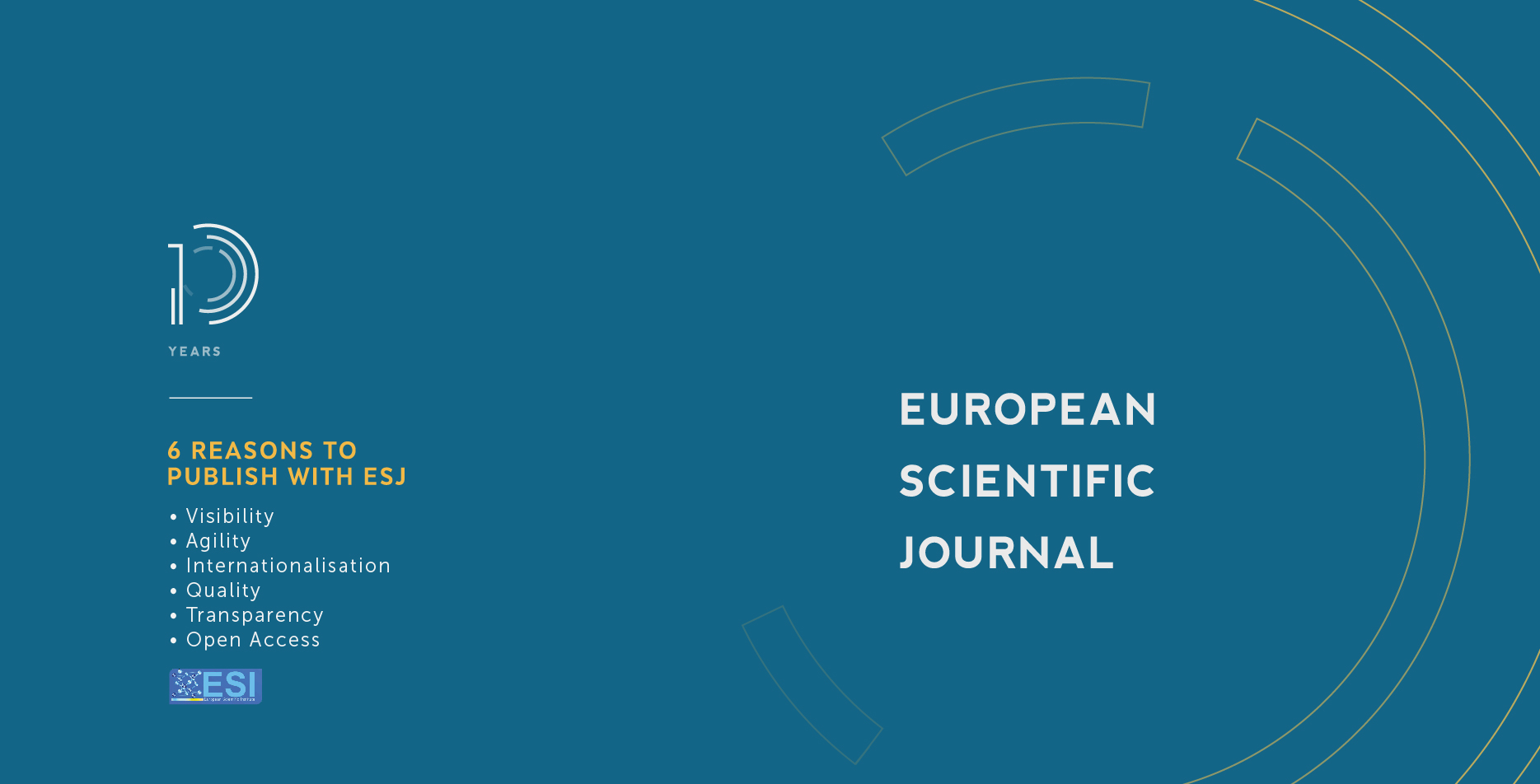Italian Society and Gender Role Stereotypes. How Stereotypical Beliefs Concerning Males and Females are Still Present in Italian People at the Beginning of the Third Millennium
Abstract
There are many forms of discrimination in our society. Why is more attention being paid to discrimination against women with awareness-raising debates, public demonstrations, and more? Women’s discrimination against men is discrimination, too! To cope with this growing phenomenon, it is necessary to understand the roots from which it originates and is fed. Gender role stereotypes may be responsible for this (Ostuni, 2017). In this work, thanks to a survey carried out by ISTAT in 2019 (referred to 2018) on the male and female Italian population aged between 18 and 74 years old, it will be explained if and how our society is "trapped" in stereotypical beliefs. The results obtained show that Italy is divided into two parts and that in the north-central regions stereotypes are less rooted than in the southern ones. The phenomenon is less widespread, for both sexes, both as they grow in age and when they have a higher educational degree. In this context, as far as family society, and the economy is concerned, the role of women aissubordinate to men, especially in the South. As stereotypes are responsible for different forms of discrimination against women, a possible way to establish fair gender equality can be obtained by eliminating them and bringing down the prevailing patriarchal culture.
Downloads
Metrics
PlumX Statistics
References
2. Biavaschi P., Bozzato P., Nitti P., (a cura di) (2020), Infirmitas sexus. Ricerche sugli stereotipi di genere in prospettiva multidisciplinare, Quaderni di expressio, Mimesis, Milano.
3. Butler J., (2017), Questione di genere. Il femminismo e la sovversione dell'identità, editori Laterza.
4. Corradi C., (a cura di) (2016), Modelli sociali della violenza contro le donne. Rileggere la violenza nella modernità, F. Angeli.
5. Delvecchio F., (2010). Statistica per l’analisi dei dati multidimensionali, Padova, CLEUP.
6. Lis A., Sambin M., (1977). Analisi dei cluster, Padova, CLEUP.
7. Muratore M.G., (2020). Ancora una cultura piena di stereotipi sulle donne, Neodemos, 2020.
8. Ostuni A., (2017). Le verità apparenti, Bari, WIP Edizioni, 2017.
9. Ostuni A., (2015). Apollo nel caos, Phasar Edizioni, Firenze, 2015.
10. Sacco G., (1995). L’evoluzione del ruolo della donna - Aspetti socio-demografici, in: Bari Economica, Camera di Commercio – Bari.
11. Sacco G., (2008). Violence Against Women: The Results of a Survey, Global Bioethics, Vol. 12 n. 1-4, ed. Pontecorboli, Firenze.
12. Sacco G., Sacco P., Zizza A., (2021) - Is There a Gender Imbalance in the Italian Labor Market? Department of Economics and Finance, University of Bari, Italy. ESJ (European Scientific Journal–PUBLISHING) October 2021 edition, Pagg. 1- 18, Vol.17, No.36, ISSN: 1857-7881 (Print) - ISSN 1857-7431.
13. Ward J. H., (1963). Hierarchical Grouping to Optimize an Objective Function, Journal of the American Statistical Association, n.58, 236-244.
14. http://dati-violenzadonne.istat.it
15. https://eujournal.org/index.php/esj/article/view/10845
16. https://eujournal.org/index.php/esj/article/view/12844
17. https://eujournal.org/index.php/esj/article/view/3002
18. https://eujournal.org/index.php/esj/article/view/4143
Copyright (c) 2022 Adriana Ostuni, Giuseppina Sacco, Pietro Sacco, Alfonso Zizza

This work is licensed under a Creative Commons Attribution-NonCommercial-NoDerivatives 4.0 International License.








